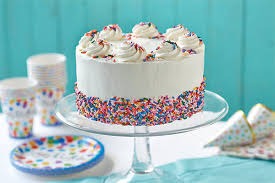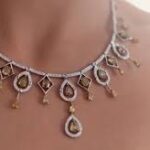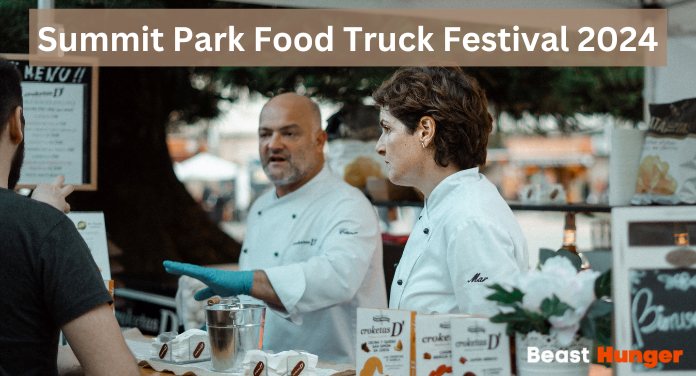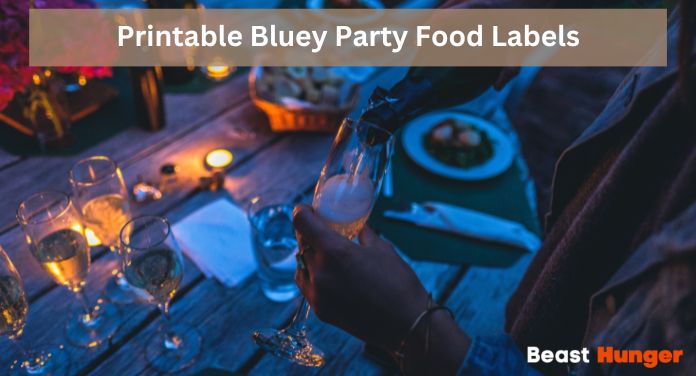When it comes to adding a final flourish to desserts, few things are as beloved—or as instantly recognizable—as cake sprinkles. These tiny, colorful confections have transcended generations, cultures, and baking trends, remaining a staple in kitchens and bakeries around the world. But behind their simple, cheerful appearance lies a surprisingly rich history and an evolving role in the culinary arts.
In this article, we’ll dive deep into the story of cake sprinkles, explore their many varieties, discover their uses beyond cakes, and even take a peek into the future of these tiny treats.
A Brief History of Cake Sprinkles
The origin of cake sprinkles can be traced back to 18th-century Europe, although they didn’t quite resemble the ones we recognize today. Early sprinkles were handmade from sugar and mainly reserved for lavish pastries crafted for the aristocracy. They were often called “nonpareils,” a French term meaning “without equal,” and these small white sugar beads were painstakingly created for intricate dessert decoration.
As sugar became more accessible to the general public, so did these sugary embellishments. By the mid-20th century, especially in the United States, cake sprinkles took on their now-familiar colorful rod shapes. Brands like Just Born and Wilton helped bring sprinkles into homes and bakeries across the country, cementing their role in celebrations ranging from birthdays to weddings.
A World of Variety
While many people casually refer to them all as “sprinkles,” the world of cake sprinkles is surprisingly diverse. Jimmies, perhaps the most iconic, are small, rod-shaped pieces available in every color imaginable. These are the ones most commonly seen atop cupcakes and ice cream cones, offering a slightly waxy texture and a sweet, neutral flavor.
Nonpareils, on the other hand, are tiny, perfectly round sugar balls that add a delightful crunch to whatever they touch. Sanding sugar, made of larger, glittering crystals, brings a sparkling, almost ethereal effect to cookies and cakes, while sugar pearls and metallic dragees lend a touch of elegance to more sophisticated confections.
Confetti sprinkles and quins take on flat, colorful shapes—such as stars, hearts, and flowers—that can be matched to any holiday or celebration. In recent years, edible glitter and sequins have also joined the family, providing a shimmering, luxurious finish that transforms everyday desserts into eye-catching works of art.
Each type of sprinkle brings not only a different texture and aesthetic but also a new creative opportunity for bakers and dessert enthusiasts alike.
How Cake Sprinkles Are Made
The making of cake sprinkles may seem simple at first glance, but the process combines food science and creativity. Most sprinkles start with a mixture of powdered sugar, corn syrup, cornstarch, and food-safe wax. Colors are blended into the base before it is shaped—either extruded into rods for jimmies, rolled into tiny beads for nonpareils, or flattened for confetti.
After shaping, the sprinkles are dried carefully to maintain their structure, polished for shine, and packaged. Advanced techniques are also being used to meet growing consumer demand for more natural ingredients. Companies now offer sprinkles colored with plant-based dyes derived from beet juice, spirulina, turmeric, and other botanicals. These innovations not only offer vibrant color but also meet the preferences of health-conscious and allergen-aware consumers.
Decorating with Cake Sprinkles: An Art Form
Sprinkles may seem playful, but in skilled hands, they become an art medium. Full-coverage sprinkle cakes, for example, involve carefully pressing handfuls of sprinkles into a freshly frosted cake to create a dazzling, textured exterior. This method ensures every bite is packed with colorful crunch and makes a visual statement perfect for parties.
Other decorators prefer more subtle techniques, such as creating elegant borders with a delicate dusting of nonpareils or strategically placing sugar pearls to mimic luxurious jewelry on wedding cakes. Piñata cakes—where a hidden hollow center spills out a cascade of sprinkles when cut—have recently captivated social media for their joyful surprise factor.
Custom sprinkle mixes have also surged in popularity. Many bakeries and home decorators curate unique blends to match specific party themes, holidays, or brand colors. Whether using classic rainbow jimmies or sophisticated gold dragees, sprinkles have evolved from simple toppings to essential tools of artistic expression.
Beyond Cakes: A Sweet Versatility
Though cakes may be the traditional home for sprinkles, their versatility extends much further. Cookies, from classic sugar cookies to chocolate-dipped shortbread, gain both visual appeal and texture from a sprinkle coating. Ice cream, perhaps the most iconic non-cake use, is often crowned with a cascade of colorful jimmies or nonpareils.
Breakfast favorites such as pancakes and waffles become instant celebrations when funfetti sprinkles are stirred into the batter. Donuts, particularly those glazed with vibrant icings, are often covered in sprinkles for an irresistible finish. Some inventive bartenders even use sprinkles to rim cocktail glasses for festive events, and chocolatiers incorporate them into truffles and chocolate bark for an extra pop of color and crunch.
No matter the application, sprinkles bring an undeniable sense of fun and festivity to everything they touch.
READ MORE : Exploring Toxabe. com
Why We Love Sprinkles: The Science of Joy
It turns out that our affection for cake sprinkles goes beyond nostalgia or aesthetics—there’s actual science behind it. Bright colors naturally attract the human eye, evoking feelings of joy and excitement. In psychology, colors like red, yellow, and blue are known to stimulate emotional responses related to happiness and celebration.
The texture also plays a critical role. The crisp pop of a nonpareil or the gentle chew of a jimmy provides a pleasing contrast to the soft, smooth textures of cake, frosting, and ice cream. Together, the visual and sensory experiences that sprinkles provide elevate desserts, making them more enjoyable and memorable.
Moreover, sprinkles often trigger nostalgic memories. For many, they are associated with childhood birthday parties, family gatherings, and holidays—times of happiness and togetherness. This emotional connection adds a sentimental layer to every sprinkle-covered treat we encounter.
The Future of Cake Sprinkles
The world of cake sprinkles is far from stagnant. In fact, it’s evolving in exciting ways to meet modern tastes and values. Natural and organic sprinkles, free from artificial dyes and made with real food colorings, are gaining traction. Allergy-friendly and vegan options are also becoming more readily available, allowing more people to enjoy sprinkles without concern.
Custom designs are becoming increasingly sophisticated, thanks to technological advancements like 3D printing and precision molding. Specialty shops now offer bespoke sprinkles in virtually any shape, color, or theme imaginable, from tiny snowflakes to miniature unicorns.
Flavor-infused sprinkles are another emerging trend. Rather than being neutral, some sprinkles now burst with notes of vanilla, chocolate, strawberry, or even exotic flavors like matcha or passionfruit. As palates become more adventurous, the humble sprinkle is being reimagined as a flavor enhancer, not just a visual treat.
Lastly, sustainability is playing a role in how sprinkles are packaged and produced. Brands are exploring compostable bags, recyclable containers, and more ethical sourcing for sugar and other ingredients, helping consumers indulge their sweet tooth with a clearer conscience.
Conclusion
Cake sprinkles are more than just a charming embellishment—they are a symbol of joy, creativity, and celebration. From their elegant origins in European confectionery shops to their colorful reign in modern-day kitchens, sprinkles have delighted generations with their simple magic. As they continue to evolve with new flavors, natural colors, and imaginative designs, they remind us that sometimes, it’s the little things that make life truly sweet.
Whether you’re baking a towering birthday cake, crafting festive cookies, or simply brightening up a morning waffle, a handful of cake sprinkles is all it takes to turn an ordinary moment into an extraordinary one.






